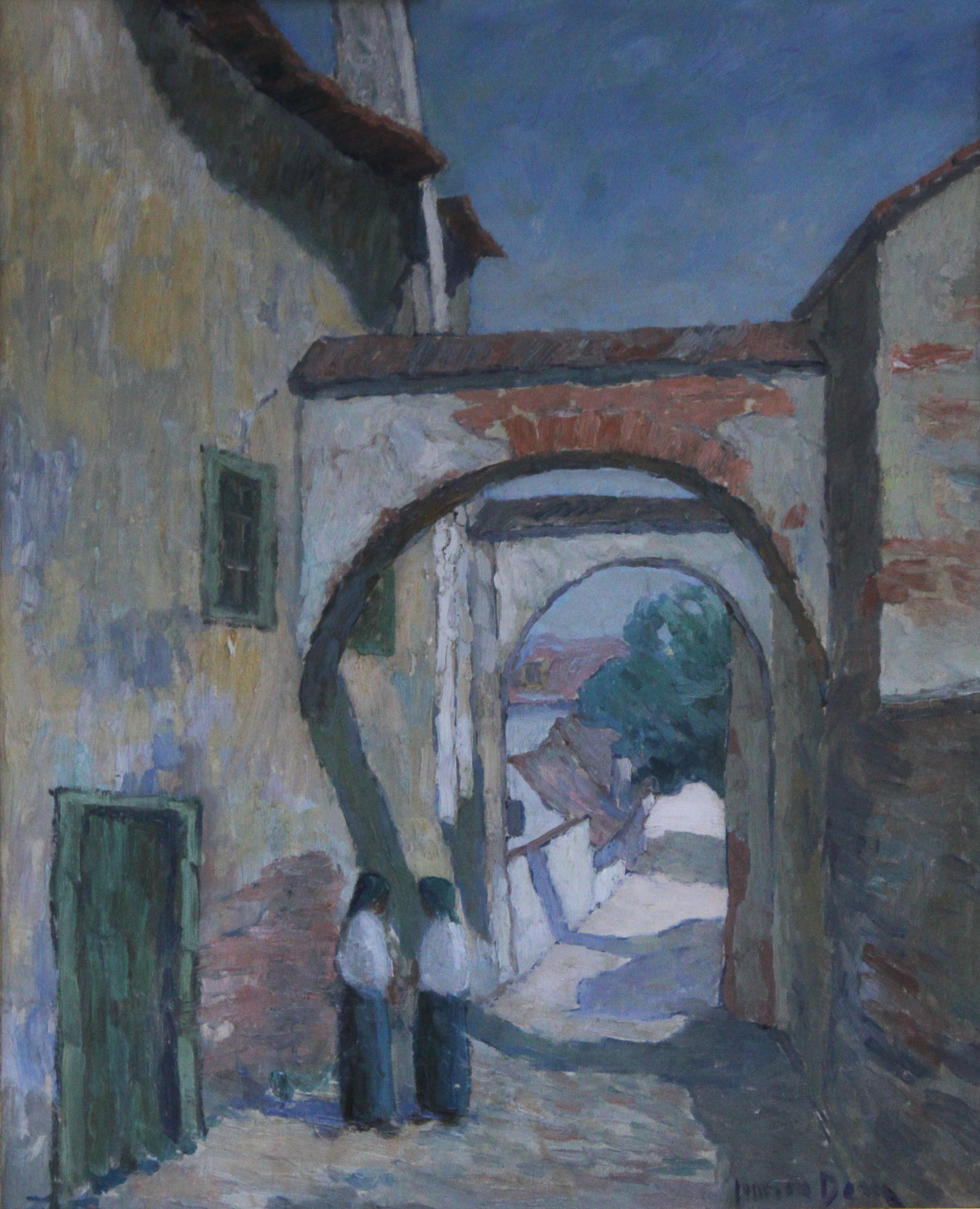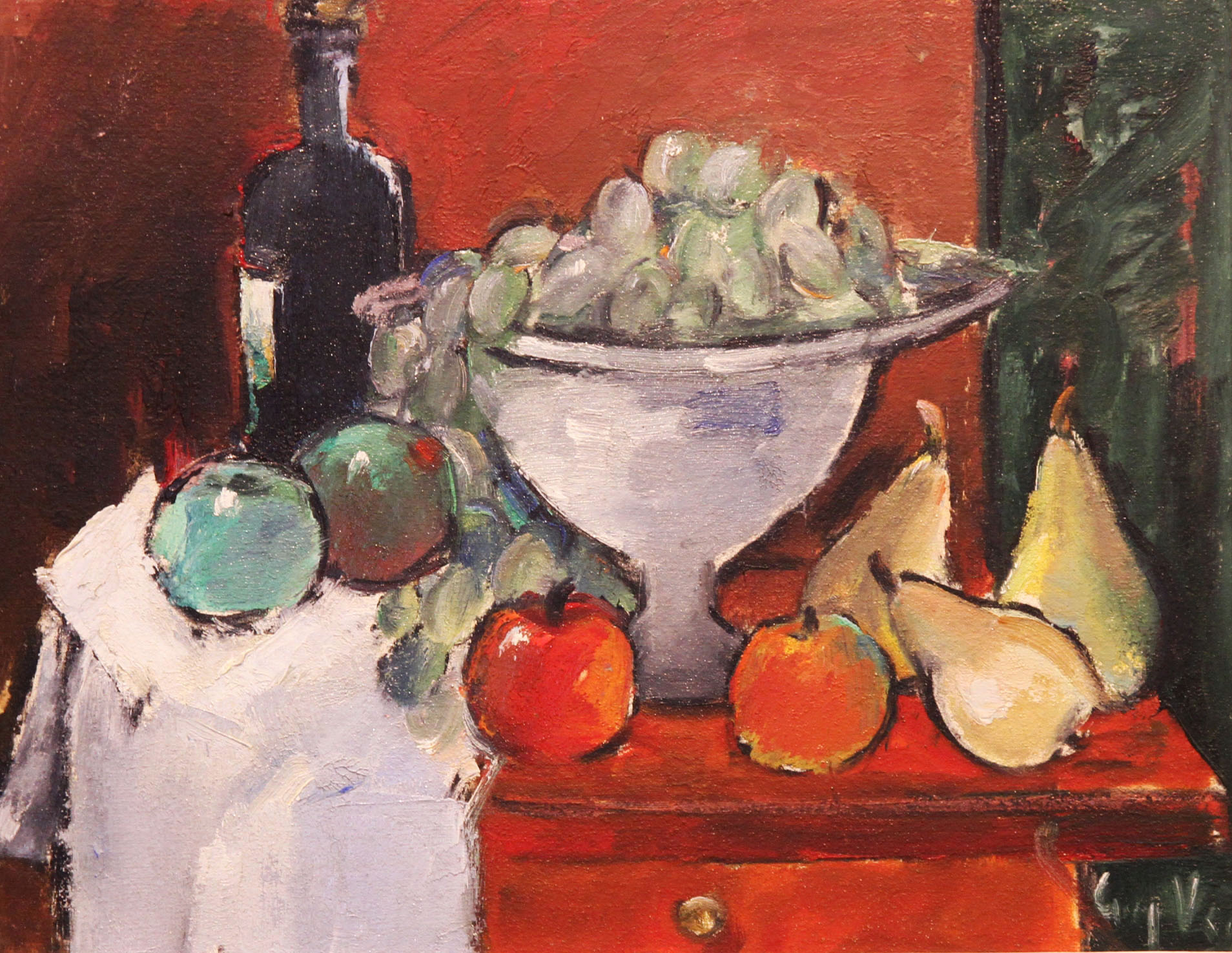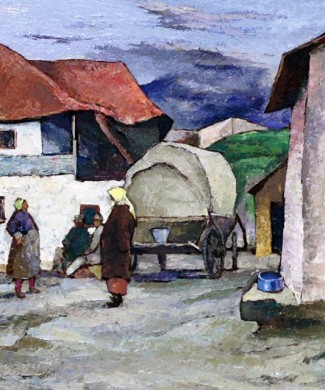Hrandt Avakian (b. March 29, 1900, Aleppo, Ottoman Empire – d. 1990) was an Armenian painter and art collector from Romania.
At the beginning of the First World War, the Avakian family (mother, three girls and two boys), like many other families who escaped the 1915 pogrom, left their homeland and took refuge in Romania, first settling in Dobrogea, at Balchik. Here, seeing his worthiness and enthusiasm, Jean Alexandru Steriadi proposed to Avakian to come to Bucharest, offering him shelter at the Kalinderu Museum, of which he was director, and hired him as a museum guard.
Hrandt Avakian was based on free painting studies performed by the masters of Romanian fine arts such as Jean Alexandru Steriadi and Alexandru Satmari.
Hrandt Avakian exhibited in many painting exhibitions in Bucharest (1928,1943, 1957, 1963, 1967 and 1975) and in Yerevan (Armenia) (1960 and 1962)
He also participated in the “Drawing and Engraving Salon” in Bucharest, in 1930, as well as in the “Official Salon” in 1934.
Also in 1934, Hrandt Avakian and Ștefan Constantinescu open in Bucharest an exhibition with paintings depicting Balchik.
His works are exhibited in museums in Romania, such as the “Zambaccian Museum” in Bucharest, the “National Museum of Art” in Cluj and the “Museum of Art” in Constanța, but also in collections abroad (France, Bulgaria, Germany, Lebanon, Russia and the USA).
After the Second World War, Hrandt and his sister Beatrice began to systematically collect art objects, which they donated to the Romanian state in 1971. Starting with 1974, this collection became accessible to the public, in the building in Str. Architect Ion Mincu no. 19.
The collection of brothers Beatrice and Hrandt Avakian, made up of oriental art objects, paintings on silk and ivory figurines from Japan, statuettes from India, Tibet, Arab countries, goldsmith’s pieces made by craftsmen from Sibiu, England or France, but also a series of paintings by artists such as Grigorescu, Pallady, Steriadi or Petrașcu, remained in this location until 1978, when it was transferred to the Museum of Art Collections.


 Română
Română



